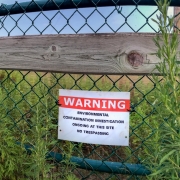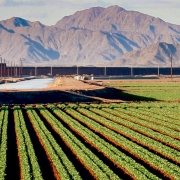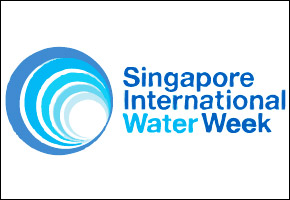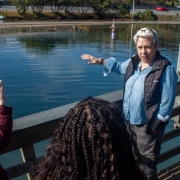Texas Fund Turns Oil Dollars into Water Investments
Houston is the big winner in first round of state financing for new water infrastructure fund.

By Brett Walton
Circle of Blue
The oil and gas boom that began less than a decade ago and pulled the Texas economy through the recession is now paying dividends in securing the state’s water future.
Last week, the Texas Water Development Board (TWDB), a planning agency, approved $US 3.9 billion in state loans for 21 water projects – from reservoirs and distribution pipes to water treatment facilities and efficient irrigation canals.
The lack of investment in America’s water infrastructure – and the breaks, ruptures, and geysers spouting on Main Street – is a common lament. Cities from Chicago to Washington, D.C., are raising rates to pay for repairs. Texas is one of the few states, along with California, to address the problem with a sizable pot of public funds.
Texas voters in 2013 approved the use of $US 2 billion in oil and gas royalties to finance water projects. The successful ballot measure created the state fund known by its acronym, SWIFT.
SWIFT is a collaboration between the state and local agencies. The state selects projects and issues bonds to finance them. Local agencies will repay the loans. The $US 2 billion will reduce the interest payments on those loans. The $US 3.9 billion is the total loaned for the first round of projects and does not include the SWIFT dollars. TWDB estimates that $US 27 billion worth of water projects over 50 years will be financed through SWIFT.
Local agencies will benefit from the investment in two ways: they will piggyback on the state’s sterling credit rating, which means a lower interest rate in the bond market than they would get on their own, and they will receive an interest payment subsidy from SWIFT of up to 35 percent, depending on the type of loan that they choose.
Houston Hits the Jackpot
The corporate capital of the Texas oil industry is the biggest beneficiary of the first round of SWIFT funding.
Applicants from the Houston metropolitan area received three-quarters of the funding – some $US 3 billion. The region had “significant needs,” Merry Klonower, TWDB spokeswoman, told Circle of Blue.
Houston’s needs are twofold, according to Mark Evans, director of planning and government affairs at North Harris County Regional Water Authority, a water wholesaler. First is the region’s swelling population. Harris County, which includes Houston, grew by 8.5 percent since 2010, adding roughly 350,000 people, which brought the county’s population to 4.4 million.
Houston’s second problem is rooted in past practices. Because so much water was pumped from the Chicot, Evangeline, and Jasper aquifers, parts of the region are sinking, a process called subsidence. The ground near Galveston Bay dropped by as much as 3 meters (10 feet) during the 20th century, according to data from the Harris-Galveston Subsidence District, a local agency created by the state Legislature to regulate groundwater use.
“There are not any areas that are not a concern for subsidence,” Robert Thompson, deputy general manager of the subsidence district, told Circle of Blue.
Harris and Galveston counties are under a mandate from the subsidence district to wean themselves from groundwater. A transition is already taking place. Groundwater withdrawals in the district dropped from 1.7 million cubic meters (450 million gallons) per day in 1976 to 727,000 cubic meters (192 million gallons) per day in 2014. Thompson said subsidence rates along the bay have “slowed, if not stopped.”
The projects financed by the SWIFT funds will complete the transition. One project is the $US 300 million Luce Bayou Interbasin Transfer, a 37-kilometer (23-mile) canal that will deliver water from the Trinity River Basin to Lake Houston, in the San Jacinto River Basin. A $US 2.7 billion expansion of the Northeast Water Purification Plant will provide additional capacity to treat and distribute the new surface water supplies to the five regional water authorities and the city of Houston.
“All of these are important projects for reducing subsidence,” Evans told Circle of Blue.
More projects will see SWIFT dollars in future funding rounds. TWDB expects to allocate $US 8 billion in the fund’s first decade.
Brett writes about agriculture, energy, infrastructure, and the politics and economics of water in the United States. He also writes the Federal Water Tap, Circle of Blue’s weekly digest of U.S. government water news. He is the winner of two Society of Environmental Journalists reporting awards, one of the top honors in American environmental journalism: first place for explanatory reporting for a series on septic system pollution in the United States(2016) and third place for beat reporting in a small market (2014). He received the Sierra Club’s Distinguished Service Award in 2018. Brett lives in Seattle, where he hikes the mountains and bakes pies. Contact Brett Walton













Leave a Reply
Want to join the discussion?Feel free to contribute!